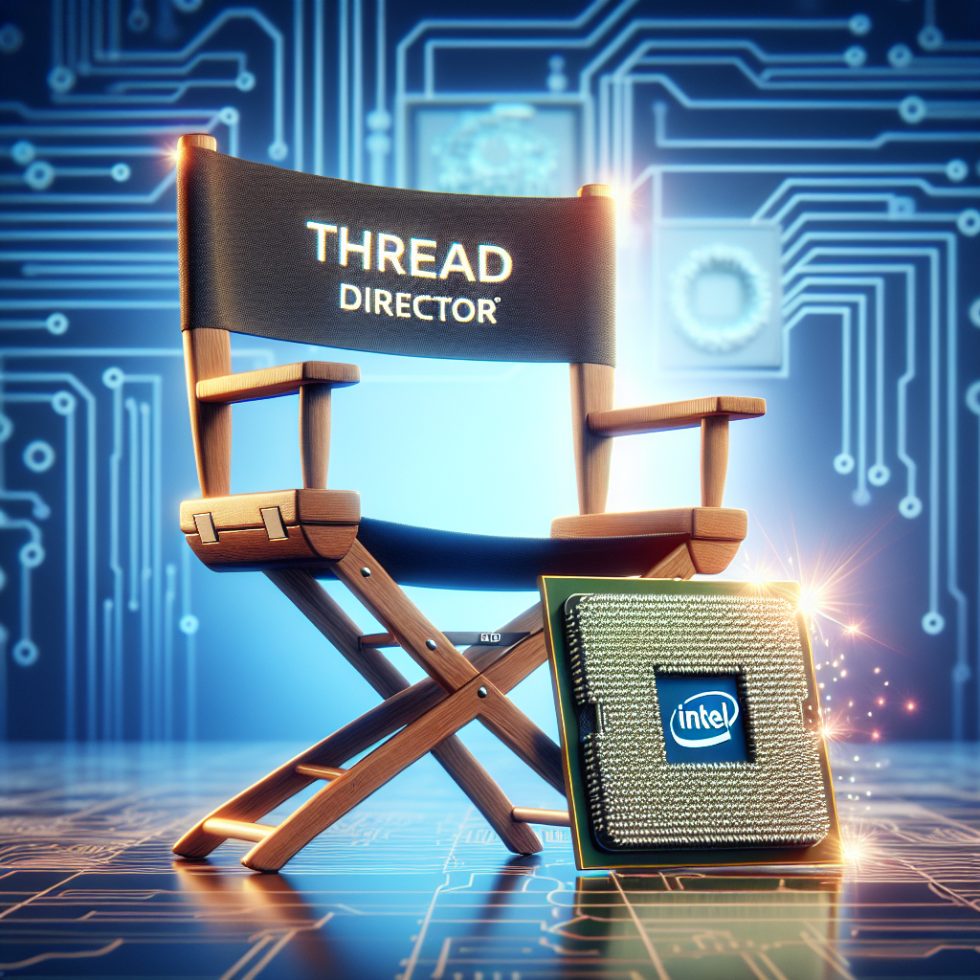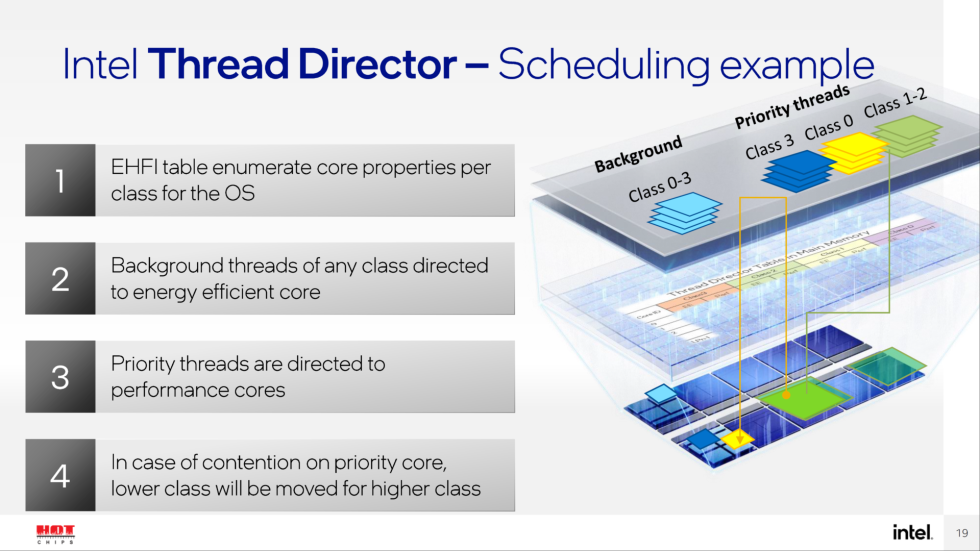Intel’s Thread Director optimizes the performance of the company’s hybrid P-core and E-core processors by assigning workloads to the appropriate processor cores in a targeted and timely manner. This technology has been specially developed for use with Intel’s hybrid core architecture, which combines the powerful P-cores with the more energy-efficient E-cores. Intel’s Thread Director forms the basis for harmonious cooperation between the cores in order to achieve a maximum increase in performance. With a recent update, Intel has also made this technology available on Linux.
Phoronix recently reported that Intel’s latest set of patches, presented by Team Blue, not only provides improved support for Thread Director, but also focuses on the performance of virtual machines (VMs) on hybrid systems through Thread Director Virtualization. Virtual machines are particularly widespread on Linux host systems and are often used because they allow users to run multiple operating systems simultaneously.

The latest improvements in virtualization technology on Intel platforms have reportedly significantly optimized task management, resulting in a performance increase of approximately 14%.

The tests conducted with the 3DMark benchmark used a Windows-based virtual machine (VM), and the results show a significant improvement in the virtualization experience on Intel hybrid systems. When describing the patches and the new update, the documentation particularly highlights how the technology has been specifically optimized.
In short, the purpose of this patch set is to enable the ITD-based scheduling logic in Guest so that Guest can better schedule Guest tasks on Intel hybrid platforms.
Currently, ITD is necessary for Windows VMs. Based on ITD virtualization support, the Windows 11 Guest could have significant performance improvement (for example, on i9-13900K, up to 14% improvement on 3DMARK).
The introduction of this patch set raises the expectation that further updates could follow in the near future that are specifically dedicated to optimizing the performance of Intel’s hybrid core CPUs under the Linux operating system.
Source: Phoronix






























8 Antworten
Kommentar
Lade neue Kommentare
Veteran
Urgestein
Neuling
Urgestein
Urgestein
Urgestein
Urgestein
Mitglied
Alle Kommentare lesen unter igor´sLAB Community →